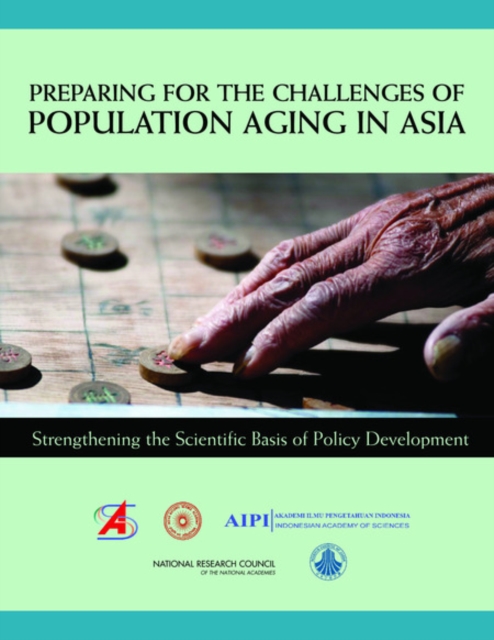
Preparing for the Challenges of Population Aging in Asia : Strengthening the Scientific Basis of Policy Development PDF
by Science Council of Japan, National Research Council, Indonesian Academy of Sciences, Chinese Academy of Social Sciences
Description
Preparing for the Challenges of Population Aging in Asia discusses the challenges posed by a rapidly aging population and identifies needed research to help policymakers better respond to them. While the percentage of elderly people in nearly every nation is growing, this aging trend is particularly stark in parts of Asia. Projections indicate that the portion of the population age 65 and older will more than triple in China, India, and Indonesia and more than double in Japan between 2000 and 2050, based on data from the United Nations. Moreover, this demographic shift is coinciding with dramatic economic and social changes in Asia, including changing family structures and large-scale migrations from rural to urban areas.
These trends raise critical questions about how nations can develop policies that best support health and economic well-being in large and growing populations at older ages. Governments in Asia still have time to determine the best ways to respond to the unfolding demographic transformation, but taking advantage of this window of opportunity will require new research to shed light on the status and needs of the aging population. Currently the research base on aging in this region is relatively underdeveloped. This book identifies several key topics for research to inform public policy, including changing roles in the family; labor force participation, income, and savings; and health and well-being of the public.
Information
-
Download - Immediately Available
- Format:PDF
- Pages:30 pages
- Publisher:National Academies Press
- Publication Date:08/12/2010
- Category:
- ISBN:9780309159388
Other Formats
- Paperback / softback from £16.79
- EPUB from £18.35
Information
-
Download - Immediately Available
- Format:PDF
- Pages:30 pages
- Publisher:National Academies Press
- Publication Date:08/12/2010
- Category:
- ISBN:9780309159388






